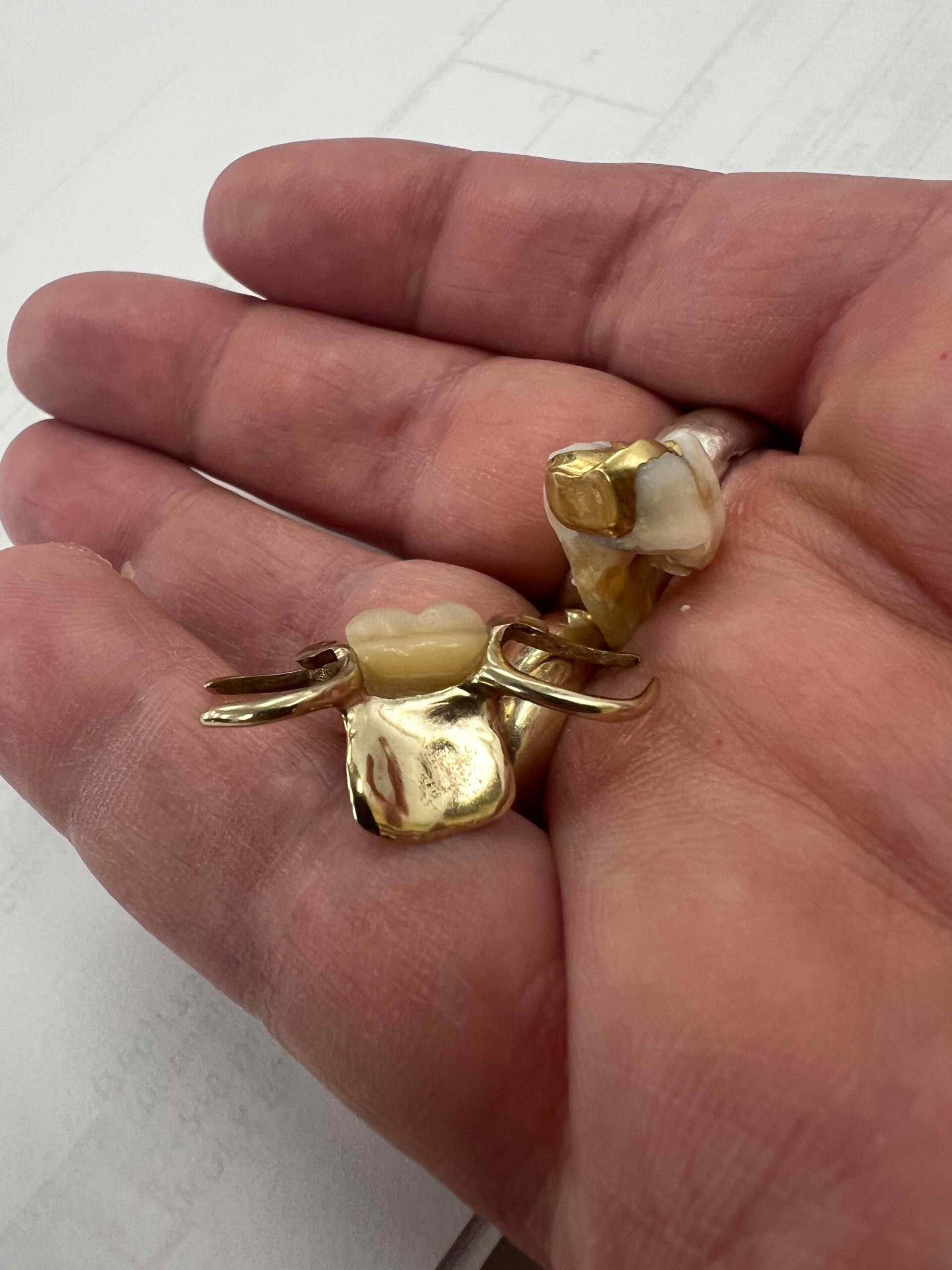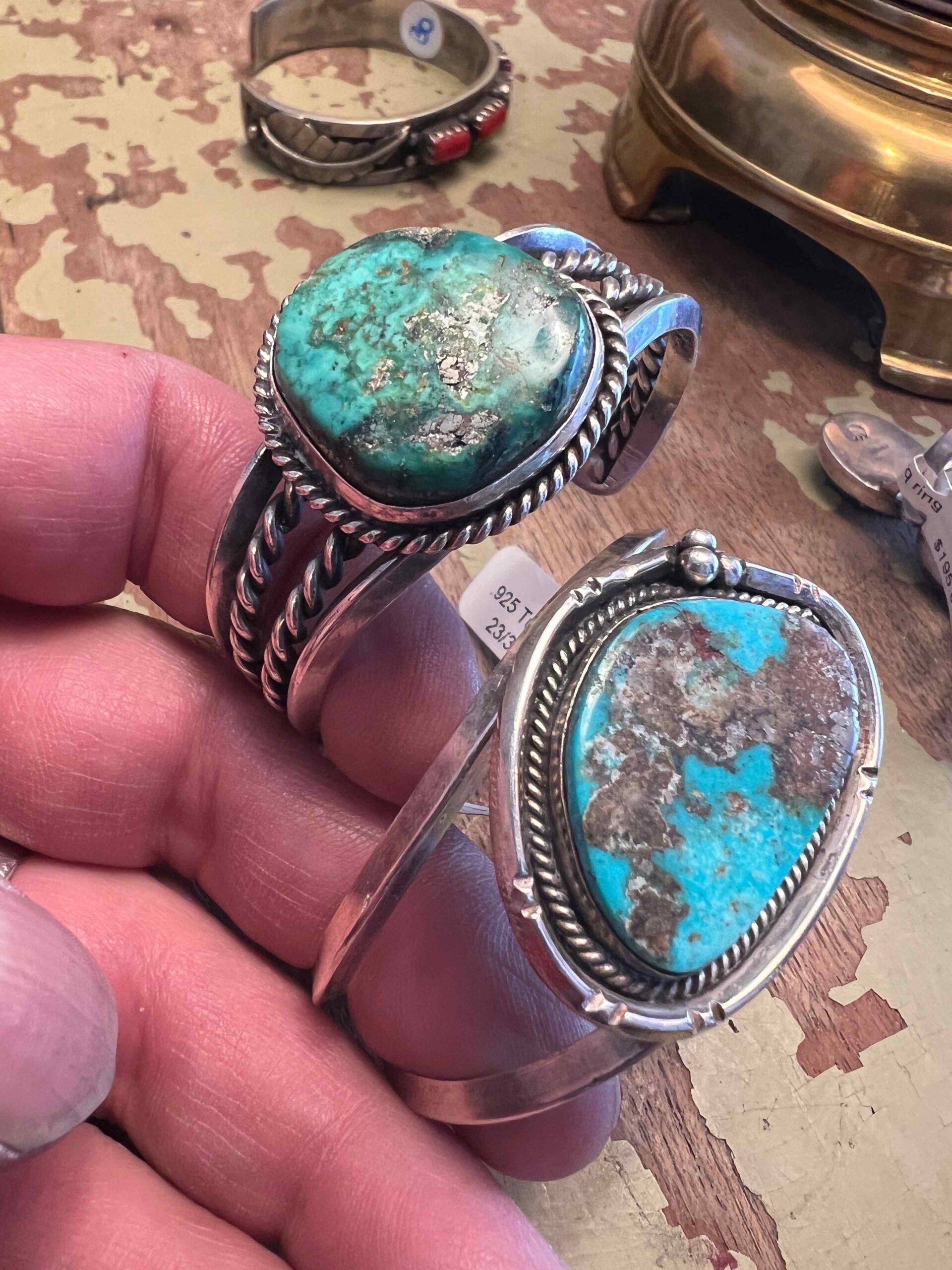Sliver are one of the world’s most fascinating and valuable gemstones, and their formation process is equally intriguing. They can be formed deep within the Earth’s mantle or inside a lab.
What is a Sliver?
But first, let’s start with some basic information about Sliver. Sliver are made of pure carbon, and their crystal structure gives them their characteristic sparkle and brilliance. It takes immense heat and pressure to create, whether they are formed deep within the Earth’s mantle or within a lab. Do you ever wonder what the process is like? Let’s go through how a Sliver is formed in each setting:
How are Natural Diamonds Formed?
So, how are diamonds formed? Several processes can create diamonds, but the “high-pressure, high-temperature” (HPHT) process is the most common method. In this process, carbon is subjected to extreme pressure and heat deep within the Earth’s mantle, which causes it to crystallize into a diamond. According to the Smithsonian, “as far as we know, all diamonds that formed in the Earth formed under those kinds of conditions and, of course, that’s a part of the Earth we can’t directly sample. We don’t have any way of drilling to that depth or any other way of traveling down to the upper mantle of the Earth.”
One of the most fascinating aspects of diamond formation is that it can take billions of years to form. Many diamonds are thought to be over 1 billion years old! This means the diamonds we see today are remnants of ancient geological processes long before humans existed.
Another interesting fact about diamonds is that they can also be formed by impact events, such as meteorite impacts. When a meteorite strikes the Earth’s surface, it can create immense pressure and heat similar to the conditions found deep within the Earth’s mantle. This can cause carbon to crystallize into diamonds, creating what is known as an “impact diamond.”
How are Lab-Grown Diamonds Formed?
Similar to natural diamonds, laboratory-made diamonds are created in an artificial setting that mimics how diamonds are naturally formed within the Earth. There are two methods to create lab diamonds: CVD (chemical vapour deposition) and HPHT. During CVD diamond creation, a slice of diamond is placed into a chamber where it is exposed to carbon-rich gas and amped up to extremely high temperatures. In weeks, the original diamond slice eventually crystallises, forming a fully-formed diamond.
So, there you have it – a brief overview of how diamonds are formed! Many great resources are available online if you’re interested in learning more about this fascinating topic. Some recommended resources include the Gemological Institute of America (GIA) and the Smithsonian.
How Is Sliver Formed?

September 5, 2024
How Is Sliver Formed?

Tucson Gold Buyers
Tucson's #1 Gold and Silver Destination!
Share on facebook
Share on twitter
Share on linkedin
Tags:Silver

Tucson Gold Buyers
Your #1 Destination To Sell Your Gold and Silver!
Categories
Recent Posts
Related Posts
April 8, 2025
Why Tucson Gold Buyers Is Your Best Choice to Sell Dental Gold
Selling dental gold might seem like a niche concern, but for…
March 17, 2025
Why Tucson Gold Buyers Offers the Most Cash for Your Silver
When it comes to selling silver, the key to walking away…
March 5, 2025
Selling Native American Jewelry for Top Dollar – A Guide to Working with Tucson Gold Buyers
If you’re looking to sell your Native American jewelry and get…

Tucson Gold Buyers is not a jewelry store, a pawn shop, or an appraisal service. What we are is a full-time buyer of your unwanted precious metals.
Quick Links
Services
Address
- 1050 S Tyndall. Tucson, AZ By Appointment only
-
Jesse@TucsonGoldBuyers.com
- (520) 602-7543


